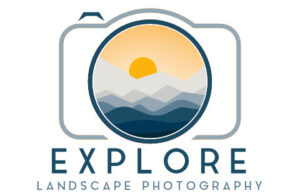I enjoy the thrill of photographing seascape scenes as they offer inspiring compositions to capture.
Beach scenes can challenge photographers when deciding the best focal length to capture a stunning seascape photo.
An ideal focal length for seascape photography is equivalent to 20mm on a 35mm camera. Ultra-wide focal lengths between 16mm to 24mm are optimum as they allow you to simultaneously capture waves and interesting elements near the water’s edge in the image’s foreground and features in the rest of the scene.
As seascape locations offer a range of different types of scenes and subjects to shoot.
The composition and style of the image you’re capturing are significant factors when deciding the best focal length to use.
Knowing which focal length to use will help ensure you use the correct lens.
We will walk through a few typical seascape scenes to highlight what to consider when selecting a focal length.
Focal Lengths for Expansive Beach Scenes
It’s hard not to be impressed with the expansive vistas in seascape locations. It’s one of the main features that draw many photographers and others to the ocean.
However, it can be challenging to correctly capture a broad view in an image so it has an impact.
Choose a narrow focal length, and you lose the expansiveness of the view. On the other hand, if it is too wide, you risk diminishing prominent features and failing to capture their detail.
Depending on where the main interest is in your scene, an ideal focal length for shooting a typical seascape scene is between 16mm to 30mm.
Let’s take a look at some examples.
In the picture below, some storm clouds were rolling in as the sun set, creating dramatic light and textures in the clouds. This mirrored the patterns in the water.
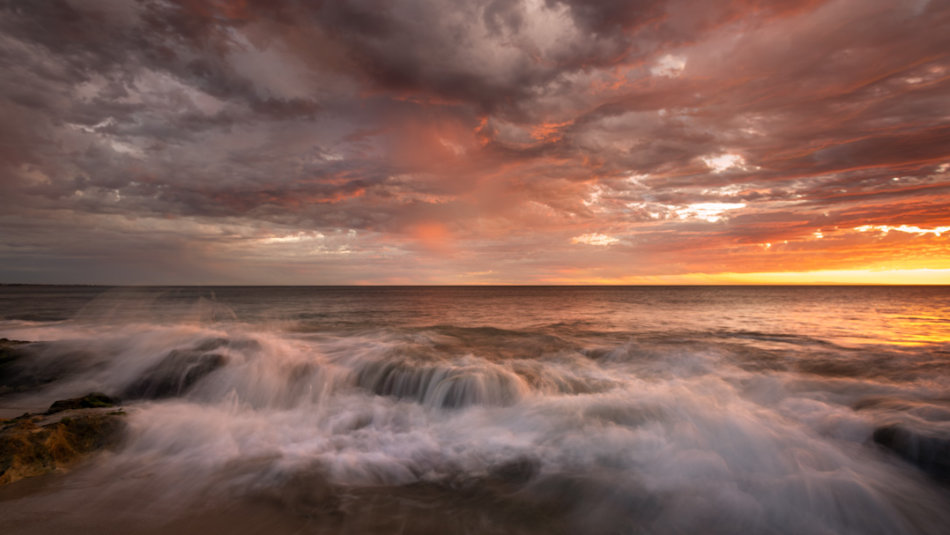
There aren’t any main features in the mid-ground or background, only the ocean and dynamic sky. So I widened my focal length to 17mm to capture as much color and texture in the sky as possible. The Ultra-wide focal length also allowed me to include the water movement in the foreground.
In the next seascape photo below, I shot along the beach. Again, this was an expansive view with these green moss-covered rocks in the foreground and the red cliffs to the right.
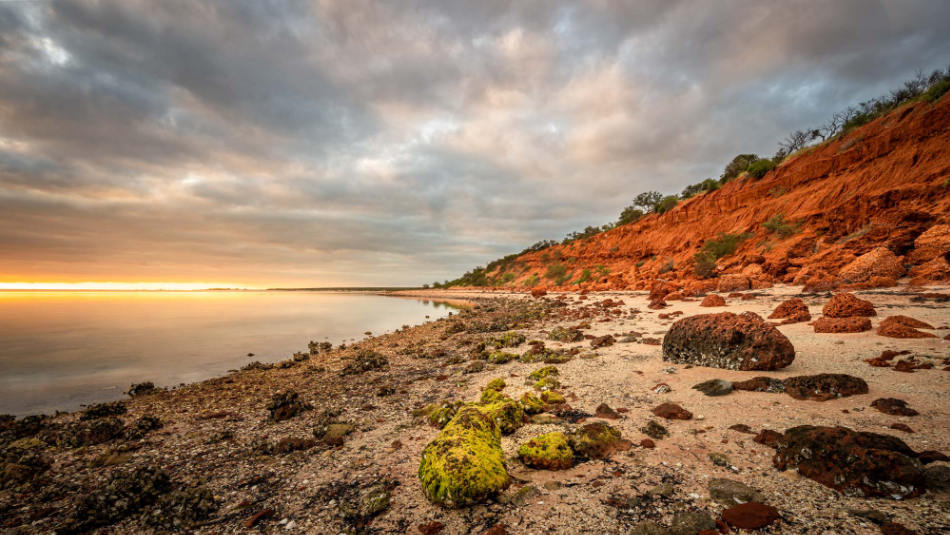
I used a 16mm focal length to capture the rocks in the foreground along with the rest of the beach. The ultra-wide focal length let me include the red cliffs as a feature on the right and the color of the sunrise to the left at the same time.
Notice how the red cliffs get smaller towards the center. That’s not only because they are further away.
More about that later!
In the image below, the camera points directly out to sea with a few rocks, sand and foam in the foreground, sea stacks in the mid-ground and a peninsular in the background.
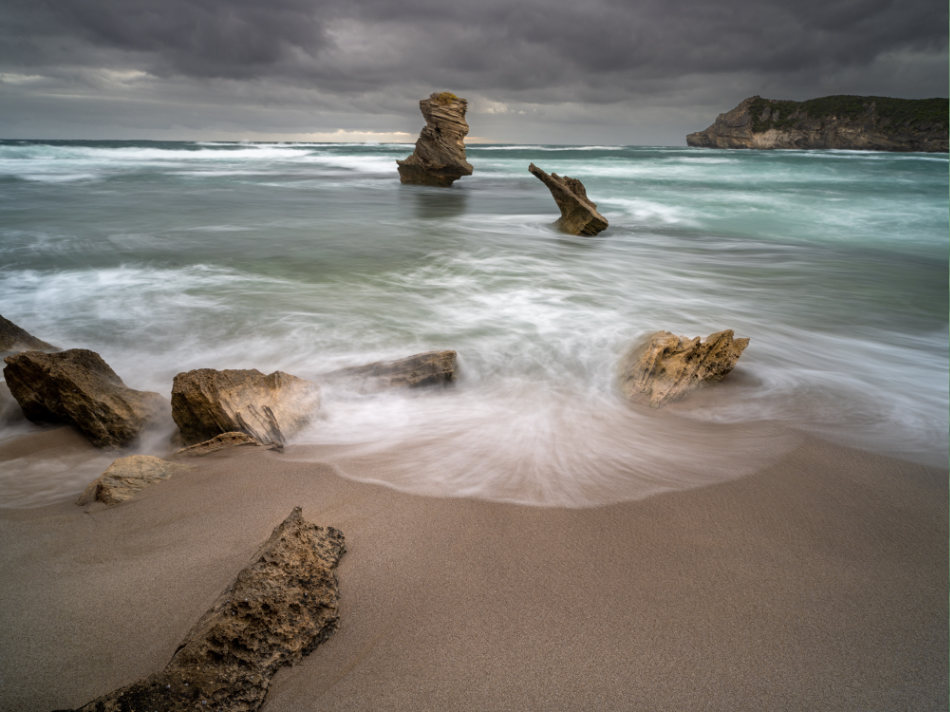
A focal length of 25mm is wide enough to capture the general coastal scene while allowing me to include some foreground and keep the sea stacks in the center prominent in the image.
Focal Lengths for Foreground Dominated Seascapes
When exploring a seascape location, I gravitate to where the water and waves interact with the rocks and sand to find something interesting to create a captivating image foreground.
(Link: engaging foregrounds make stunning landscape images)
Seascapes with engaging foregrounds make stunning landscape images.

When I found this scene at Honeycomb Beach, I discovered this compelling foreground. I wanted to feature the colors of the moss and include how the water interacted with the rocks in my photo.
I used a considerably wide focal length of 17mm to capture this seascape image to ensure viewers are drawn to the main feature of the scene.
Using Ultra-wide focal lengths between 16mm and 20mm lets you get right on top of the foreground you’re shooting while capturing the rest of the beach scene.
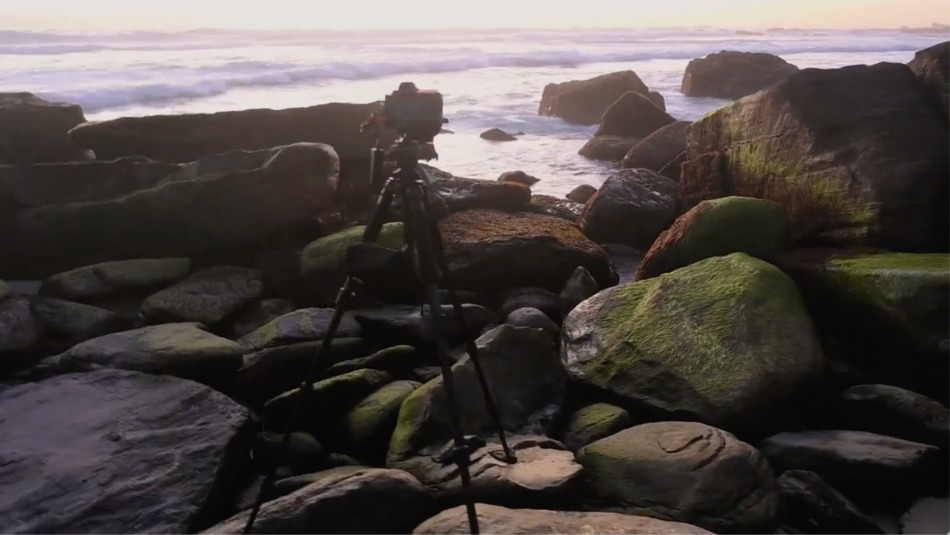
Ultra-wide focal lengths tend to distort the scene, so objects near the edge of the frame are stretched. This can be an issue when photographing subjects and scenes with straight lines, like buildings and other architecture, as buildings can seem bent.
However, natural scenes like landscapes and seascapes don’t tend to have straight lines, so the distortion is not noticeable and doesn’t negatively impact the photo.
You can leverage the distortion of Ultra-wide focal lengths to emphasize elements near the edge of the frame so they appear more prominent in the scene.
Focal Lengths when Subjects in the Mid-ground
When shooting directly out to sea, seascapes often don’t have subjects in the mid-ground. In addition, the background usually incorporates the ocean, the horizon and the clouds in the sky.
Wide and Ultra-wide focal lengths are perfect for this type of scene, and it’s an expansive view that is squeezed into the frame.
However, when there are subjects in the mid-ground or background of the frame that you want to feature, a wide focal length is not ideal as objects in the center of the image are squeezed or shrunk down, resulting in anything in this area of the scene not being as prominent in the picture.
This is called the pincushion effect. Remember the red cliffs from earlier in this article? The pincushion effect is why they seem to disappear in the center of the image so quickly.
It’s far better to use a focal length like 20mm to 35mm to ensure features in the center of the image are not being reduced compared to the rest of the scene.

In this image of Sugarloaf Rock, the main subject is in the mid-ground. I wanted Sugarloaf Rock to feature prominently in the picture, so I didn’t use an Ultra-wide angle that would squeeze the center.
Instead, I used a focal length of 22mm that let me fill the frame with the interesting part of the scene while still including some of the surrounding ocean and sky for context.
When I took the shot, I was standing at the edge of the water and couldn’t walk any closer to the main subject, so I needed to use a focal length with more reach to fill the frame.
More about that a little later.
Focal Lengths for Capturing the Coastline
In the photo below, I was shooting along the coast to feature a part of the sandstone cliffs reflecting some of the sunset light.
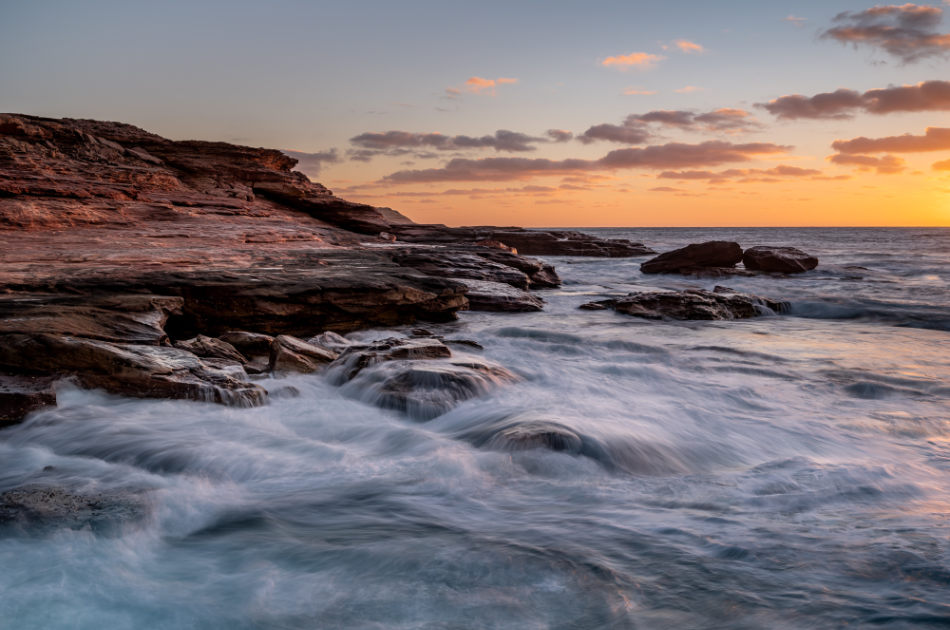
There are three parts to this image, the textures of the sandstone cliffs, the colors in the cloud from the sunset and the churning water of the sea.
A wider shot would have captured more of the sky and water, but the cliffs would have been reduced, making them smaller than the other elements in this seascape.
So I zoomed in to 39mm. At this focal length, the size of the cliff is proportional to the sky and water. In addition, the detail in the cliffs can be viewed and complement the textures captured in the water.
Again movement along the coast is restricted. I was as close as possible, still having a vantage point to look back along the cliffs.
With limited options, I required a narrower focus length to create the composition where the cliffs were big enough compared to the rest of the scene.
Best Lenses for Seascape
Wide and ultra-wide angle lenses and ideal for capturing seascape photos. Lenses with a focal length between 16mm and 30mm effectively capture beautiful beach views, compelling foregrounds and expansive coastal vistas.
I recommend the following wide-angle lenses for seascape photography.
- Nikon – Nikkor Z 14-30mm f/4 S
- Fujifilm (APSC) – XF 10-24mm f4 R OIS WR
- Fujifilm (Medium Format) – GF 20-35mm f/4 R WR
- Sony – E-Mount PZ 16-35mm f/4 G
- Cannon – RF 14-35mm f/4L IS USM
- Tamron – 17-25mm f2.8-4 Di OSD
- Sigma – 16-28mm f/2.8 DG DN
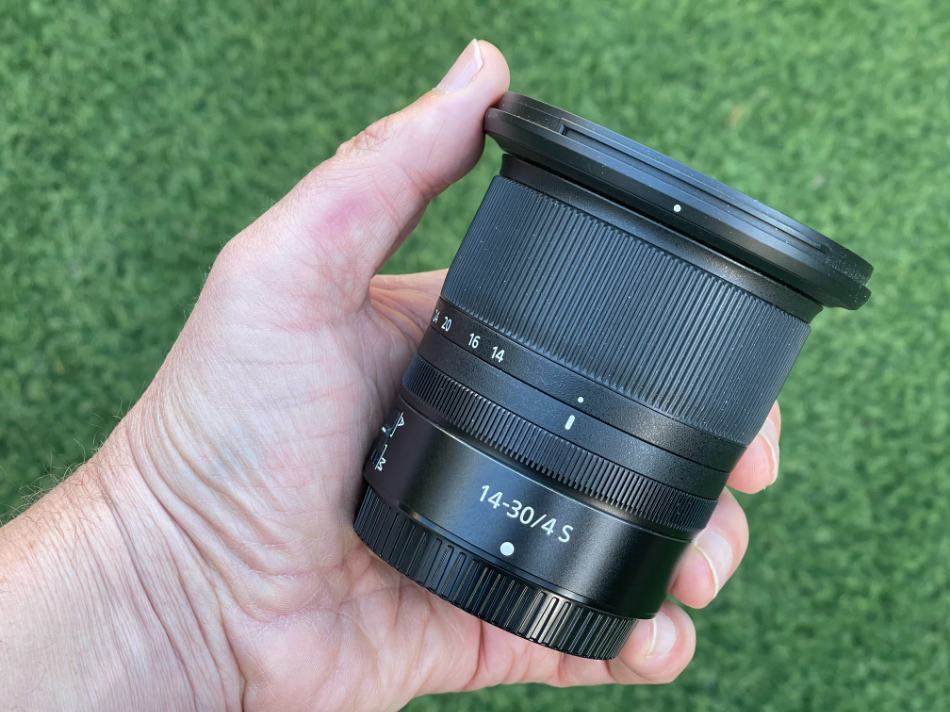
Are Zoom or Prime Lenses Best for Shooting Seascapes?
You’ll notice that the recommended lenses above are made up entirely of zoom lenses.
I prefer zoom lenses over primes for shooting seascapes because of their focal length flexibility that’s required to compose beach scenes when you are restricted in how far you can move.
While it’s generally considered that Prime lenses provide a higher quality image, it’s not necessarily. With advanced technologies in modern lenses, most zoom lenses offer equal quality and resolution capabilities as many prime lenses.
Primes usually provide faster (wider) apertures than zoom lenses. Still, this feature has limited use as most seascapes require a narrow aperture to maximize the Depth of Field and ensure the entire scene is in focus.
Seascapes are full of a wide range of scenes that often require you to leverage a variety of focal lengths offered by zooms lenses to compose correctly.
Photographers are limited in how far they can move due to cliffs, boulders and the ocean restricting where they can go.
Zoom lenses provide more flexibility because they allow you to reach and correctly frame scenes when you are limited in how close you can get to your subject.
Telephoto Focal Length be used for Seascapes
Seascapes are generally wide, open spaces with expansive vistas. A Telephoto focal length will not capture this aspect of seascapes because of their narrow view.
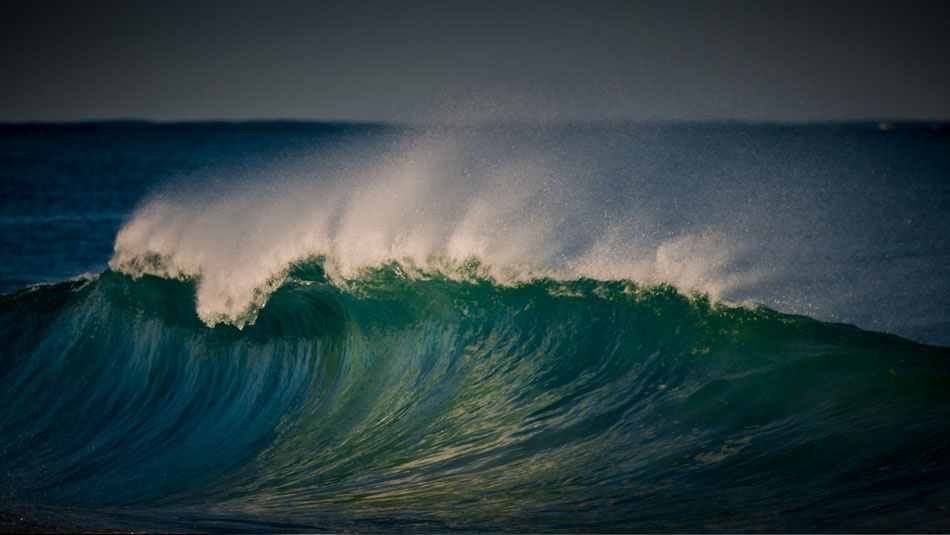
Where telephoto focal lengths are going to come in handy is when you want to create a more intimate picture of the beach or sea that doesn’t require the rest of the scene for context or you need the reach to capture a subject that’s some distance from you and your camera.
QUICK RECAP
Photographers use a range of filters to control and adjust the light coming into the camera. For example, polarizer filters reduce glare and unwanted reflections. Graduated filters can help reduce light in bright areas, so the brightness is more even across the scene. Neutral Density filters reduce the light of the whole image so that you can take photos with longer exposures.
A polarizer can also cut through haze which is caused by light being scattered by the moisture and particles in the air, resulting in better contrast and detail.
You often get what you pay for (color cast and easily scratched)
